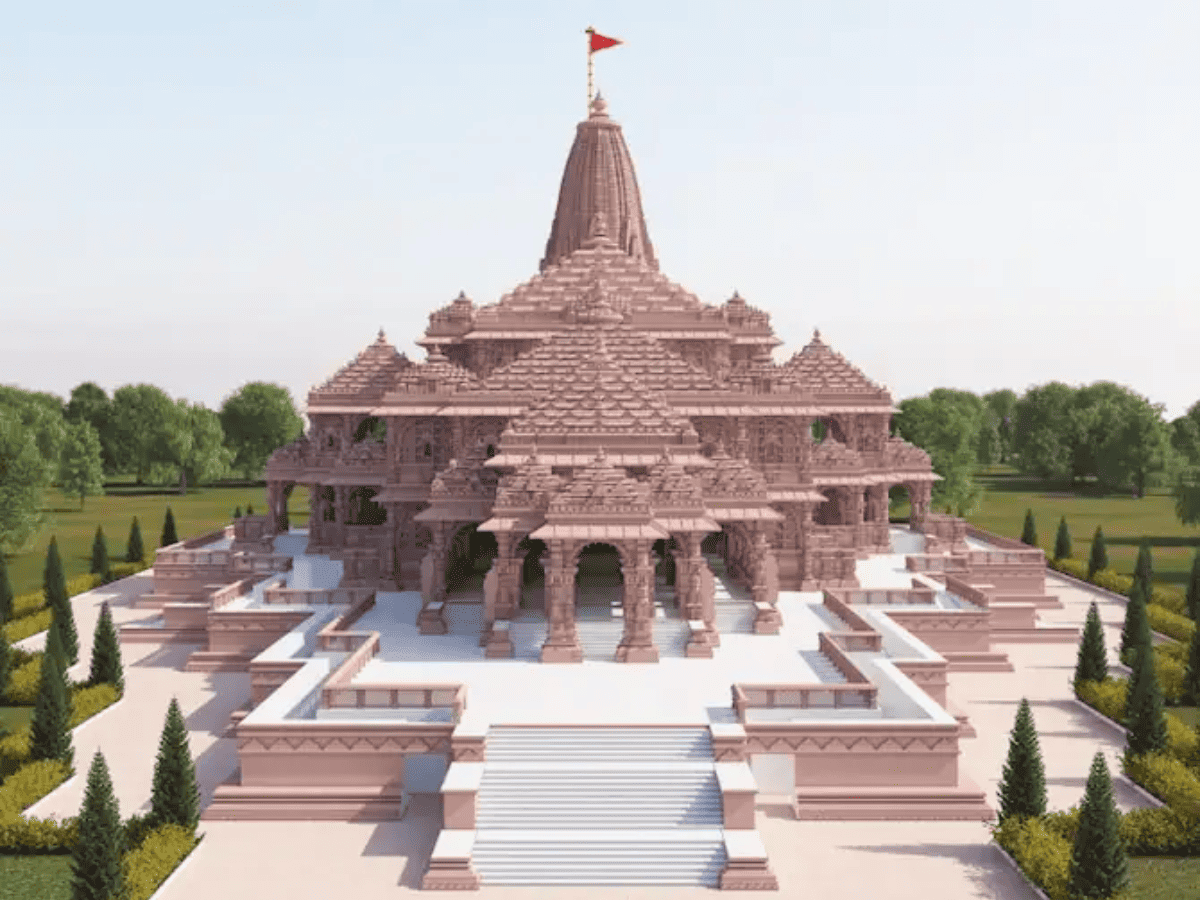
A significant difference between the massive mobilization by the Bharatiya Janata Party in early 1990s and now is that then it was in opposition and struggling to expand its support base, while today it is not only in power, but is trying to consolidate or retain its existing position.
The moot question is whether there exists any scope for the BJP to increase its tally in the Hindi heartland after the inauguration of Ram Temple in Ayodhya on January 22. This is because the party has already reached its saturation point in its traditional bastion. In Uttar Pradesh the BJP-led National Democratic Alliance had in 2019 won 64 out of 80 seats, while in Rajasthan and Gujarat all 25 and 26 respectively, in Madhya Pradesh 28 out of 29 and in Chhattisgarh nine out of 11. In Delhi, Haryana, Himachal Pradesh and Uttarakhand the saffron party won all the seats while in Bihar and Maharashtra the then NDA bagged 39 out of 40 and 41 out of 48 seats.
So, barring Uttar Pradesh there is no state left in the entire cow-belt
where the BJP can hope to increase number of seats. The only possibility is that the margin of victory in constituencies already won in 2019 may go up.
As UP has some room to improve its tally the BJP has undertaken such scale of mobilization.
Desertion by old friends
As the volunteers of Shiv Sena were in the forefront of the demolition of
Babri Masjid on December 6, 1992 the National Democratic Alliance reaped good harvest in the subsequent elections in Maharashtra. Even in 2019 it performed exceedingly well. But now the scenario has changed as one of the oldest allies of the BJP had crossed over to join hands with the Nationalist Congress Party and Indian National Congress.
Similarly in Punjab another trusted friend since the erstwhile Bharatiya
Jan Sangh days, the Shiromani Akali Dal parted ways after the passage of three farm laws in September 2020. In the same way another old pal, the Janata Dal (United) left the NDA in August 2022.
As various pre-poll surveys suggest the desertion of the three regional
satraps is going to seriously affect the poll prospect of the saffron party
in these three states the BJP, through the Ram Temple inauguration, is
trying to regain the lost grounds in Maharashtra and Bihar. It is to be
seen whether the saffron brigade succeeds in these two crucial states or
not.
Bihar scenario
Contrary to Maharashtra, Bihar is remembered for a very different reason, so far as early 1990s Ram Temple movement is concerned. The then chief minister Lalu Prasad Yadav ordered the arrest of the BJP patriarch and the hero of the movement, Lal Krishna Advani, on October 23, 1990.
No doubt a large number of Kar Sevaks went to Ayodhya from Bihar, many of them Dalits and from Backward Castes, yet the impact of post August-1990 Mandalisation was so strong that the BJP could not make any big impact in the state in successive elections. This was the result notwithstanding the fact that on November 9, 1989 the Sangh Parivar got the foundation stone of the Temple laid by a Dalit from Bihar, Kameshwar Chaupal. That was at the height of infamous Bhagalpur riots and four months before the advent of Lalu Prasad Yadav on March 10, 1990.
Today the scenario is more or less same as Nitish Kumar’s Janata Dal
(United) and Lalu Prasad Yadav’s Rashtriya Janata Dal had joined forces to keep the BJP away from power. Unlike in early 1990s they now have the support of Congress and Left parties as well. In 2015 Assembly election the trio of JD (U), RJD and Congress—Left was not in alliance then—bagged 178 out of 243 seats. This was the result when Prime Minister Narendra Modi had taken over just a year and a half before and there was much euphoria about him then.
By that logic one may ask whether the efforts being made by the BJP in
Ayodhya would really make any impact on ground in Bihar. Or it may be like in 1990s many Dalits and backward castes, latter in particular, may end up voting for the Indian National Developmental Inclusive Alliance even after paying a visit to Ayodhya after January 22. Caste combination had prevailed then and may even do now.
Mind it, even in 1993 Assembly election in Uttar Pradesh, that is the one
held after the demolition of Babri Masjid, it was the Samajwadi Party and Bahujan Samaj Party, which form the government though they had contested the poll separately. The BJP under Kalyan Singh once again bounced back to power in 1997 election just because the opposition failed to come together.
Jat factor
By once again whipping up the religious passion the BJP’s plan is to check the possible erosion in its support-base in several north Indian states. In the Jat heartland of Haryana, Rajasthan, and western Uttar Pradesh it apprehends the loss of votes because of the lurking fear of three farm laws and alleged sexual harassment meted out to women wrestlers by BJP MP and former president of Wrestling Federation of India, Brij Bhushan Sharan Singh. Jats form substantial population in this region.
The religious mobilization is being done keeping in mind all these issues.
In South India and West Bengal and Odisha, the saffron party is not
expected to improve its tally though it may still win a good number of
seats in Karnataka, thanks to the support it may get from Lingayats and
Vokkaligas. The Janata Dal (Secular), which claims to be the party of
Vokkaligas, is likely to ally with the BJP. The two influential castes form more than one-fourth of the state’s population.
So, the BJP may still perform better in Karnataka though Ram Temple
inauguration is not a big issue here. In fact, Lingayats, followers of
Basava, the 12th century spiritual leader, are repeatedly demanding that
they should not be counted as Hindus as they have a different identity.
Till now nothing can be said about Bharat Rashtriya Samiti of Telangana, which lost power recently. What will be the stand of its ally All India Majlis-e-Ittehad-ul-Muslimeen if BRS goes with the BJP?
In nutshell it can be said that, unlike in the period between 1989 and
1992, the coming up of Ram Temple inauguration has, in terms of seats, limited political scope.

